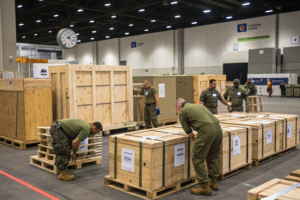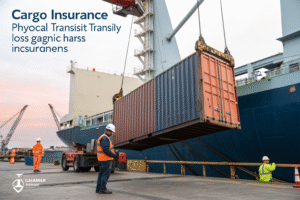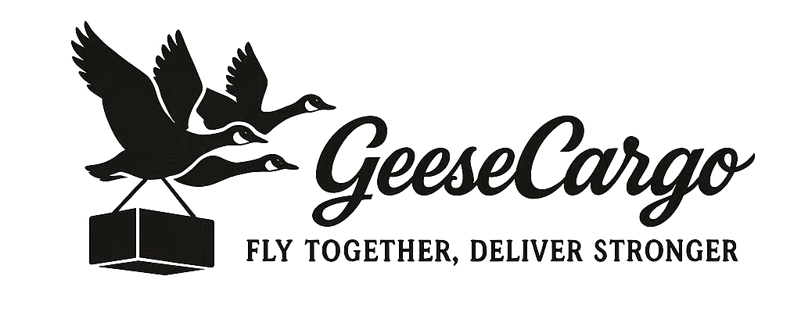When my own family relocated from Shanghai to San Francisco last year, I experienced firsthand the complexities of moving personal belongings internationally. As founder of GeeseCargo, I've since helped hundreds of individuals navigate this process successfully. The key lies in understanding customs regulations and choosing the right shipping method for your specific situation.
Importing personal belongings requires proper documentation, careful packing, and adherence to US customs regulations. Most household goods qualify for duty-free entry if owned for at least one year, but restrictions apply to certain items. The process typically takes 30-60 days depending on shipping method and customs clearance.
Moving your life across oceans involves more than just boxing up items. Understanding what you can bring, how to prepare it, and what happens upon arrival will make your transition smoother and less stressful.
What Documentation Is Required for Personal Effects?
Proper documentation forms the foundation of successful personal effects importation. Missing or incorrect paperwork causes most delays and complications in the customs clearance process.
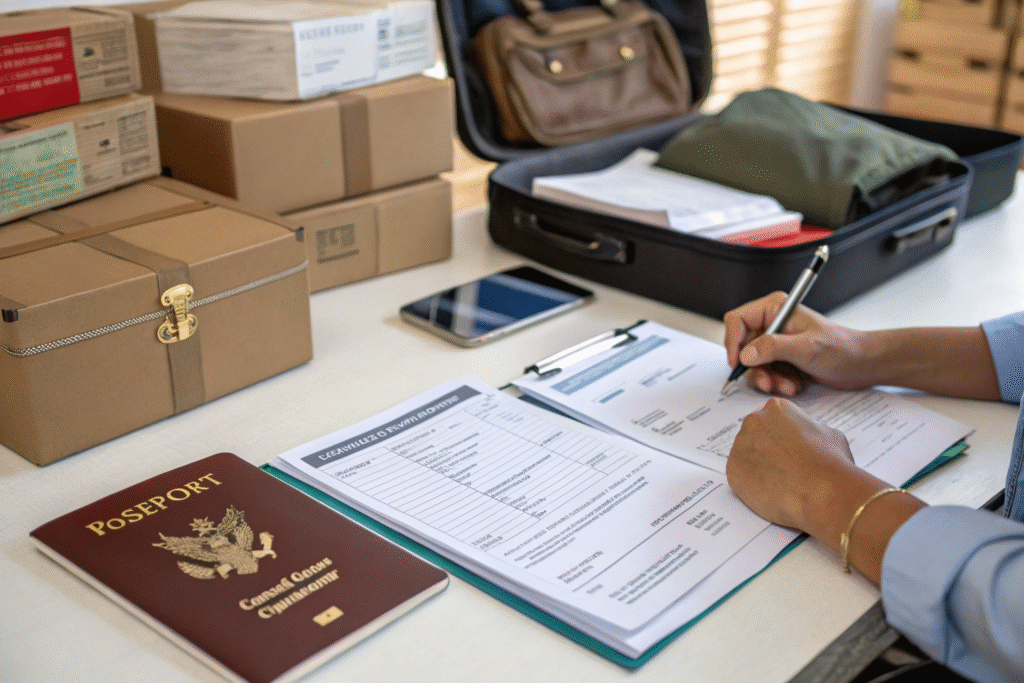
Which Customs Forms Are Mandatory?
US Customs requires specific forms for personal belongings entering the country. The CBP-3299 Declaration Form serves as your primary customs document for household goods. This form details your items and declares they're for personal use rather than resale.
You'll need to provide a detailed inventory list describing all shipped items. This should include descriptions, quantities, and approximate values. For used household goods owned over one year, you'll complete the "Used Personal Effects and Household Goods" section.
A copy of your passport, visa, and proof of relocation (such as employment verification or lease agreement) strengthens your case for duty-free entry. Keep both digital and physical copies of all documents accessible throughout the process.
How Should You Prepare Your Inventory List?
Your inventory list should be thorough but not excessively detailed. Group similar items together rather than listing every individual piece. "Kitchen utensils" is preferable to "one spatula, one whisk, one ladle" unless items have significant individual value.
Note serial numbers for electronics and take photographs of valuable items. For antiques or artwork, consider professional appraisal before shipping. The inventory should include replacement values rather than original purchase prices for used items.
Organize your list by category (kitchen, bedroom, living room) rather than by box number. This makes it easier for customs officials to understand the nature of your shipment. Remember that accuracy prevents delays and potential penalties.
What Shipping Methods Work Best for Personal Belongings?
Choosing the right transportation method balances cost, speed, and convenience. Your decision depends on the volume of goods, your timeline, and your budget considerations.

When Should You Choose Sea Freight for Personal Items?
Sea freight works best for larger volumes—typically more than 200 cubic feet (approximately 10-15 standard moving boxes). This method offers the most cost-effective option for full households but requires longer transit times (4-6 weeks).
You can choose between full container load (FCL) or less than container load (LCL). FCL provides a dedicated 20-foot or 40-foot container for your exclusive use. LCL shares container space with other shipments, making it suitable for smaller volumes.
Consider specialized moving containers like those offered by international relocation companies. These often include packing services and door-to-door delivery options. While more expensive than standard freight, they reduce hassle and handling.
When Is Air Freight Preferable for Personal Goods?
Air freight makes sense for urgent shipments or smaller quantities of high-value items. While significantly more expensive than sea freight, it delivers goods in days rather than weeks. This method works well for essential items you need immediately upon arrival.
Many people use a combination approach—shipping everyday necessities by air while sending the bulk of their household by sea. Air freight also offers better security and less handling of valuable items. Weight restrictions apply, so verify limits with your carrier.
Some airlines offer unaccompanied baggage services for additional suitcases and boxes. This can be cost-effective for smaller supplemental shipments after your initial move.
What Items Are Restricted or Prohibited?
US Customs prohibits or restricts numerous items that people often attempt to bring in their household goods. Understanding these restrictions prevents confiscation and potential penalties.
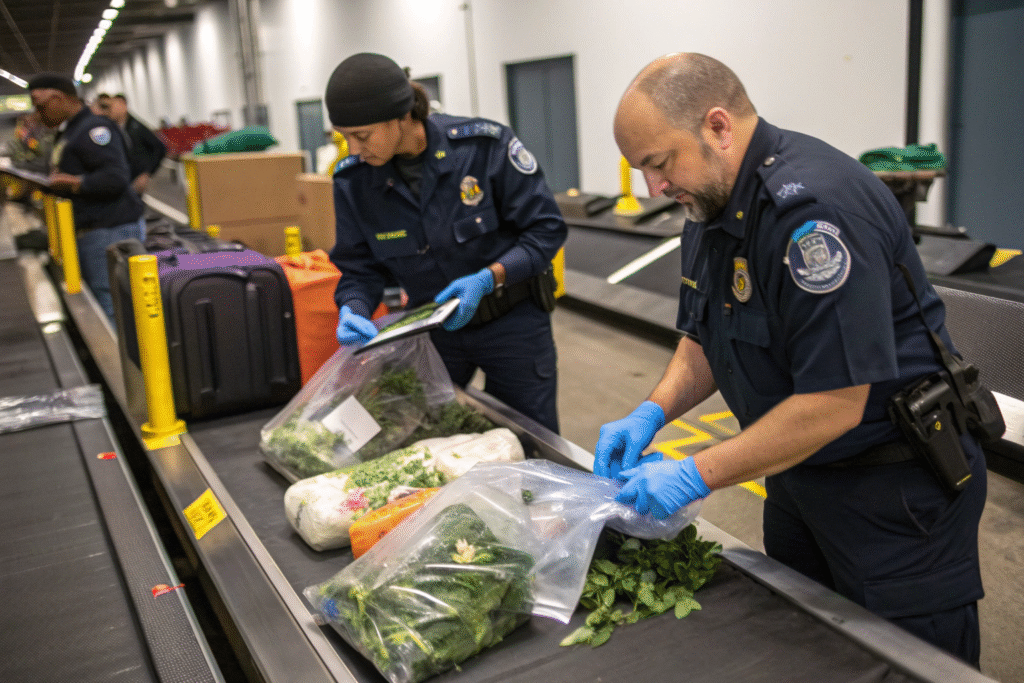
Which Common Household Items Face Restrictions?
Many people are surprised to learn that everyday items can face import restrictions. Prohibited items include certain plants, soils, and agricultural products that might carry pests or diseases. Most fresh foods and meats cannot be imported for sanitary reasons.
Protected materials like ivory, tortoiseshell, and certain woods require special permits or are completely banned. Counterfeit items and pirated goods face seizure regardless of personal use intention. Some medications legal in other countries require FDA approval for importation.
Firearms and ammunition have strict import regulations through the ATF. Even antique weapons require proper documentation and licensing. Research specific items well before packing to avoid complications.
How Do Duty and Taxes Apply to Personal Effects?
Used personal and household effects are generally duty-free if owned and used for at least one year before importation. Items newer than one year may be subject to duty based on their value and nature. There's no maximum value for duty-free household goods if properly used.
You must declare all items, including gifts, at their fair market value. Attempting to undervalue items constitutes customs fraud with serious consequences. Some states impose use taxes on imported household goods, so research your destination state's regulations.
Keep receipts for newer items to establish value if questioned. Consider purchasing additional insurance for valuable items since carrier liability limits are often insufficient for precious belongings.
How Should You Prepare Items for Shipping?
Proper preparation ensures your belongings arrive safely and clear customs smoothly. The packing process requires more consideration than domestic moving.
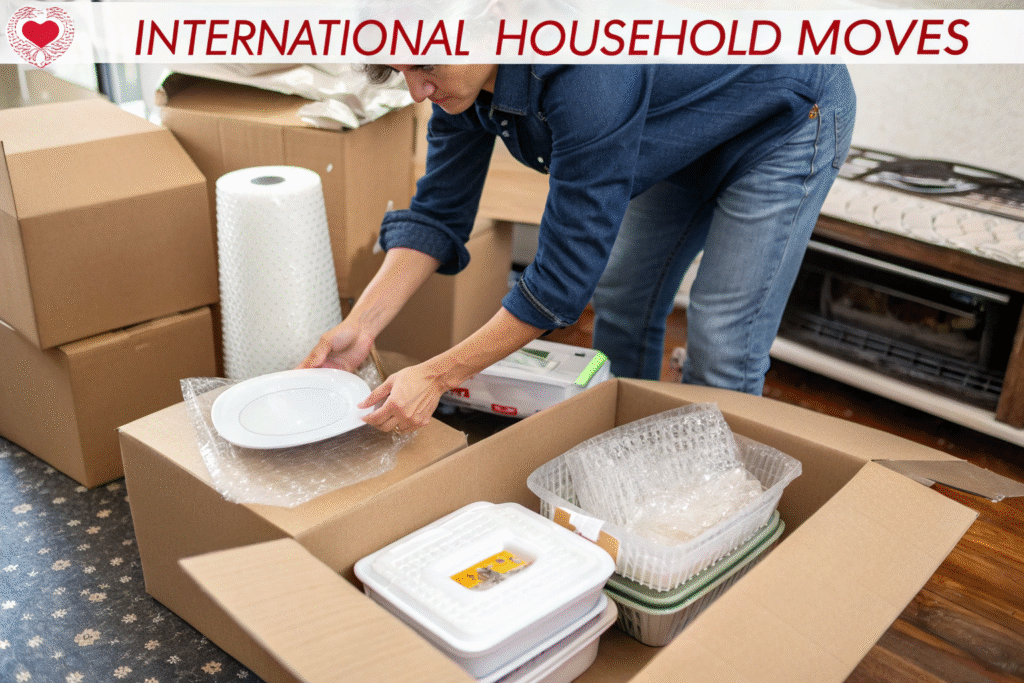
What Packing Strategies Prevent Damage and Delays?
Use high-quality, sturdy boxes designed for international moves. Standard grocery-store boxes may collapse during container stacking. Wrap each item individually with appropriate padding materials.
Create detailed labels for each box including your name, destination address, and general contents. Number boxes sequentially and match them to your inventory list. This simplifies identification if customs requests inspection of specific items.
Leave boxes unsealed until after customs inspection if shipping via certain methods. Some moving companies provide "customs seals" for pre-packed containers that satisfy both security and inspection requirements. Consult your shipping provider for their specific recommendations.
How Should You Handle Special Categories of Items?
Electronics require special consideration due to voltage differences and potential damage. Take photographs of electronic setups before disassembling to facilitate reassembly. Keep original manuals and remote controls with the devices.
Artwork and photographs should be specially packed with acid-free materials and rigid protection. Consider climate-controlled containers for valuable artwork susceptible to humidity damage. Document collections thoroughly with photographs and appraisals.
For musical instruments, use hard cases and consider humidity control packets. Professional packing is recommended for valuable or delicate instruments. Some carriers offer specialized handling for high-value items at additional cost.
Conclusion
Importing personal belongings requires careful planning but follows a predictable process when you understand the requirements. Start preparations at least two months before your intended move date to accommodate documentation, packing, and shipping timelines. The most successful moves involve thorough research, detailed organization, and professional assistance where needed.
At GeeseCargo, we've developed a specialized personal effects service that combines our freight expertise with understanding of the emotional aspects of relocation. Remember that while the process seems daunting, thousands of people successfully import their belongings every year. With proper preparation, you can ensure your personal treasures arrive safely to begin your new chapter in the United States.
Begin by creating a detailed inventory of what you plan to ship, then consult with customs brokers or experienced freight forwarders about your specific situation. Their guidance can help you avoid common pitfalls and ensure a smooth transition for your personal belongings.

